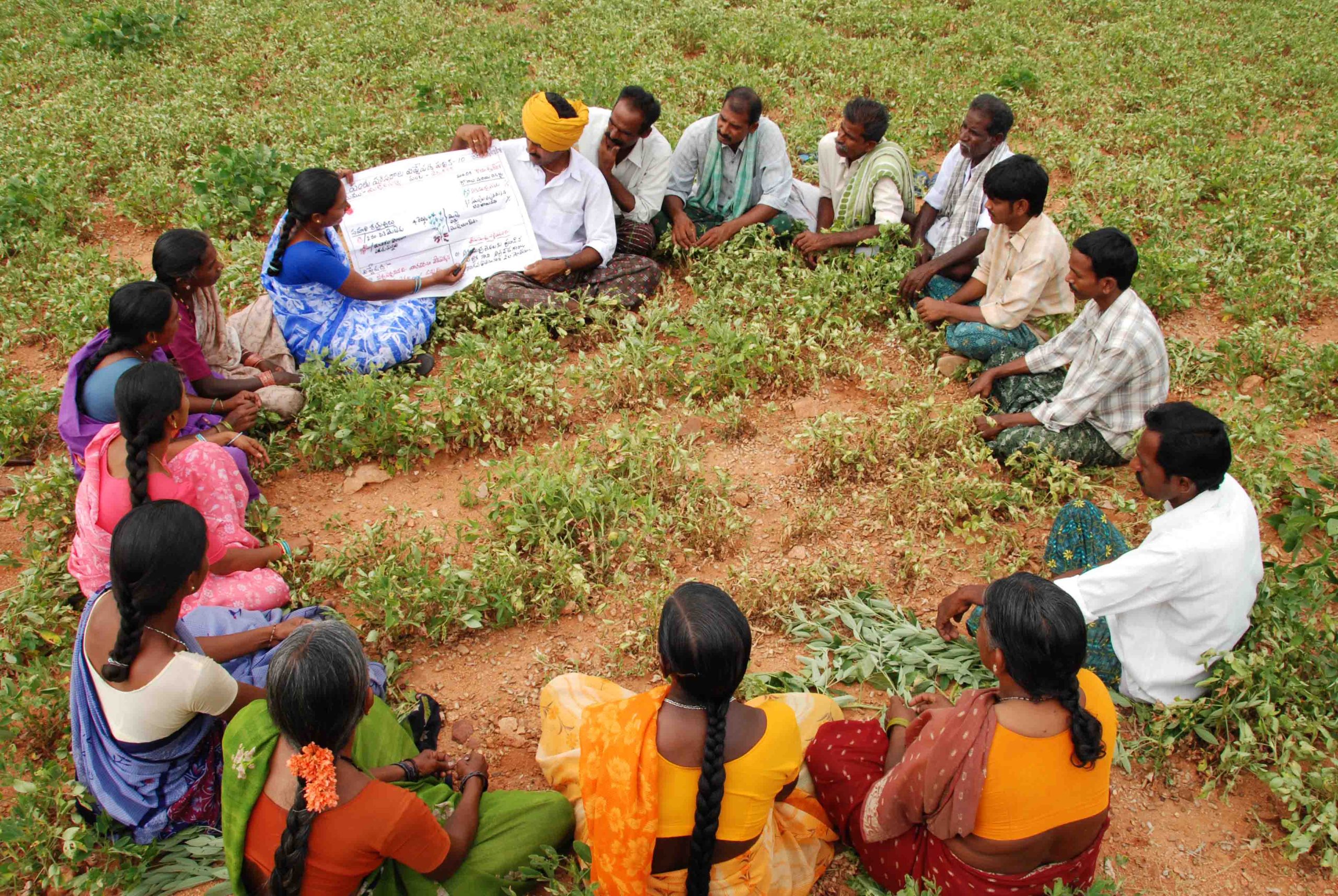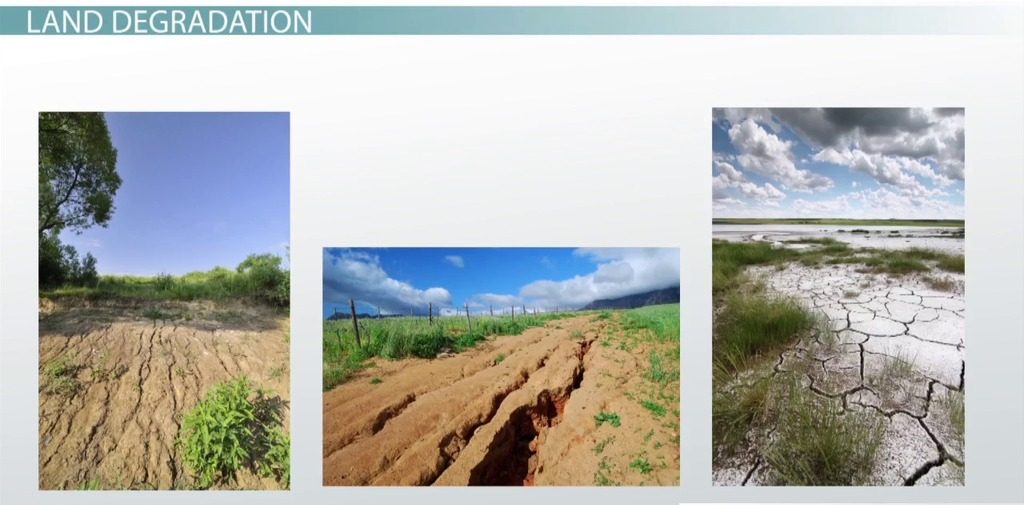The Roots of Agricultural Extension Services
To understand the importance of Agricultural Extension Services (AES), we must first delve into their historical roots. These services have been around for centuries, evolving alongside agriculture itself.
In the early days of farming, knowledge and techniques were often passed down from generation to generation. However, as agriculture grew more complex, the need for formalized education and support became evident. The first agricultural extension programs emerged in Europe during the 19th century, with a primary focus on providing advice to farmers about crop cultivation and animal husbandry.
These early initiatives laid the foundation for what would become a global network of experts dedicated to assisting farmers. Today, AES programs can be found in nearly every corner of the world, serving both traditional and modern agricultural practices.
The Role of Agricultural Extension Services
Agricultural Extension Services serve as intermediaries between agricultural research institutions, government agencies, and farmers. Their primary goal is to disseminate knowledge, information, and best practices to farmers, thereby boosting agricultural productivity and sustainability. Here’s how they accomplish this crucial mission:
Education and Training: AES provides farmers with access to specialized training programs and workshops. These events cover a wide range of topics, from new farming technologies and pest management to sustainable agricultural practices. Through education, farmers can improve their skills and adopt innovative methods.
Information Dissemination: Keeping up with the latest developments in agriculture can be challenging. AES bridges this gap by regularly sharing up-to-date information and research findings with farmers. This includes data on weather forecasts, market trends, and disease outbreaks, allowing farmers to make informed decisions.
Technology Adoption: As agriculture becomes increasingly mechanized and reliant on technology, AES assists farmers in adopting new tools and equipment. Whether it’s precision agriculture techniques or the use of drones for crop monitoring, these services help farmers stay competitive.
Market Access: Connecting farmers with markets is another vital role of AES. They help farmers access local and international markets, negotiate fair prices, and meet quality standards. This, in turn, enhances farmers’ income and livelihoods.
Problem Solving: When farmers encounter challenges such as crop diseases or pest infestations, AES experts step in to provide solutions. They offer guidance on disease management, pest control, and other issues that may threaten crop yields.
Community Building: AES often fosters a sense of community among farmers. Through farmer groups, cooperatives, and associations, they encourage collaboration and knowledge-sharing among peers.
The Impact of Agricultural Extension Services
The impact of Agricultural Extension Services is undeniable. They have contributed significantly to the growth and transformation of agriculture across the globe. Let’s explore some of the key ways in which AES has made a difference:
Increased Crop Yields: Through the dissemination of modern farming techniques and improved practices, AES has helped farmers achieve higher crop yields. This not only ensures food security but also boosts income for farming communities.
Poverty Alleviation: By enhancing agricultural productivity, AES plays a crucial role in poverty reduction. When farmers earn more from their produce, they can afford better living conditions, education for their children, and improved healthcare.
Sustainable Agriculture: AES promotes sustainable farming practices that protect the environment. Techniques like crop rotation, organic farming, and water conservation help reduce the negative impact of agriculture on ecosystems.
Adaptation to Climate Change: With the increasing threat of climate change, farmers face more significant challenges than ever before. AES helps them adapt by providing information on climate-smart agriculture and resilient crop varieties.
Empowering Women Farmers: In many parts of the world, women play a significant role in agriculture. AES programs often prioritize gender inclusivity, empowering women with the knowledge and resources they need to thrive in farming.
Rural Development: The presence of AES in rural areas contributes to overall rural development. It creates jobs, improves infrastructure, and supports economic growth in these regions.
Food Security: Perhaps most importantly, AES plays a pivotal role in ensuring food security. By assisting farmers in producing more and better-quality food, these services contribute to a stable food supply for communities and nations.
Challenges and Future Prospects
While Agricultural Extension Services have come a long way, they still face several challenges. Funding constraints, access to remote areas, and adapting to rapidly changing technologies are just a few of the obstacles. However, as we move forward, there are promising prospects for AES:
Digitalization: Embracing digital technology can enhance the reach and efficiency of AES. Mobile apps, online training, and data analytics can provide farmers with instant access to information and support.
Public-Private Partnerships: Collaborations between governments, NGOs, and private sector organizations can strengthen AES. These partnerships can help secure funding and improve the delivery of services.
Climate Adaptation: As climate change continues to impact agriculture, AES must focus on helping farmers adapt to changing conditions. This includes promoting drought-resistant crops and sustainable water management practices.
Youth Engagement: Encouraging young people to enter agriculture is crucial for the future of farming. AES can play a role in attracting and training the next generation of farmers.
In Conclusion
Agricultural Extension Services are a lifeline for farmers worldwide. They provide the knowledge, resources, and support necessary for agricultural communities to thrive. As we face the challenges of a growing global population and a changing climate, the role of AES becomes even more critical. By investing in these services and ensuring their accessibility to all farmers, we can pave the way for a sustainable and food-secure future.





